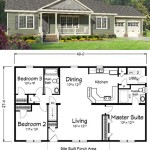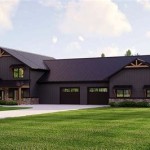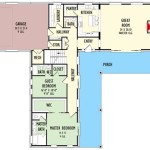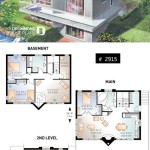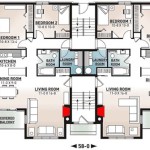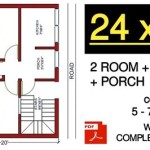Chicken Coop and Run Plans: A Guide to Building a Safe and Comfortable Home for Your Flock
Raising chickens is a rewarding endeavor that can provide you with fresh eggs, reduce your food expenses, and connect you to nature. To ensure the well-being of your feathered companions, providing them with a properly designed and constructed chicken coop and run is essential.
When planning your chicken coop, consider the number of chickens you plan to raise, the climate in your area, and the available space. The general rule is to provide 3-4 square feet of floor space per chicken in the coop and at least 10 square feet of space in the run.
Coop Design
The coop should provide your chickens with protection from the elements, predators, and diseases. Here are some key design considerations:
- Size: Determine the appropriate size based on the number of chickens you have or plan to have.
- Ventilation: Ensure adequate ventilation to maintain a healthy environment and prevent respiratory issues.
- Lighting: Provide natural or artificial lighting for the chickens to regulate their sleep-wake cycle.
- Nesting Boxes: Include nesting boxes for the hens to lay their eggs.
- Roosting Bars: Provide roosting bars for the chickens to sleep on at night.
Run Design
The run is an enclosed outdoor space where the chickens can exercise, forage, and socialize. Consider the following:
- Size: Provide ample space for the chickens to roam freely.
- Security: Secure the perimeter of the run with wire mesh or fencing to prevent predators from entering.
- Shade: Include shaded areas within the run to protect the chickens from excessive heat or direct sunlight.
- Vegetation: Plant vegetation within the run to provide the chickens with enrichment and a natural environment.
- Access: Ensure easy access to the coop from the run so the chickens can come and go as needed.
Materials and Construction
The materials and construction techniques used will depend on factors such as climate, budget, and personal preference. Here are some commonly used materials:
- Wood: Cedar, redwood, and pressure-treated lumber are durable and weather-resistant.
- Metal: Galvanized steel or aluminum is rust-resistant and easy to clean.
- Plastic: Durable and lightweight, but may be less insulating.
It is important to use high-quality materials and to follow proper construction techniques to ensure the coop and run are sturdy, secure, and comfortable for your chickens.
Additional Considerations
In addition to the basic design and construction, there are other considerations that can enhance the well-being of your flock:
- Automatic Door Openers: These devices can automatically open and close the coop door based on a timer or light sensor.
- Predator Deterrents: Consider using electric fencing, motion-activated lights, or ultrasonic devices to deter predators.
- Waterers and Feeders: Provide clean water and feed in easily accessible locations.
- Bedding: Use absorbent and comfortable bedding materials such as straw, wood shavings, or shredded paper.
- Hygiene and Maintenance: Regularly clean the coop and run to maintain a healthy environment and prevent disease.
By carefully planning and constructing a chicken coop and run, you can create a safe and comfortable home for your flock. This will not only benefit the chickens but also provide you with the satisfaction of knowing that your animals are well cared for.

Large En Coop And Run Plans 8x10 With

Diy En Coop Run The Inspired Work

En Coop Run Plans Build

20x9 Large En Coop Run Plans For 12 Ens Easy Coops

20x9 Large En Coop Run Plans For 12 Ens Easy Coops

Diy En Coop Run The Inspired Work
:max_bytes(150000):strip_icc()/free-chicken-coop-plans-1357113_FINAL-newlogo-313bc33529ee48778cba438e1cc841e7.png?strip=all)
13 Free En Coop Plans You Can Diy This Weekend

Nine Secure En Runs Built Using The Garden Run Plans

En Coop Run Plans 10x8 Step By Construct101

Bee Jeweled Coop Run Right En Building Plans 6 12 Chic


